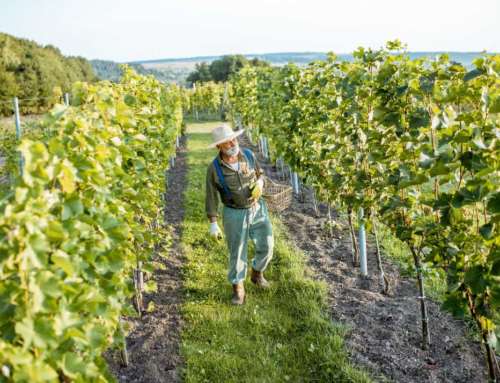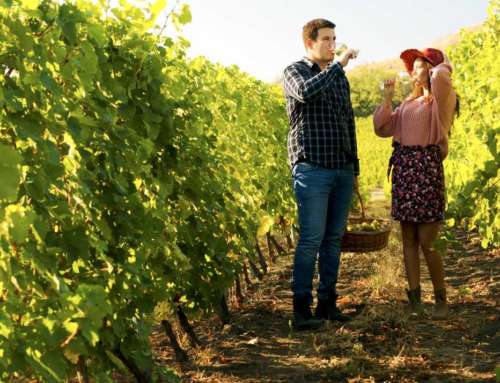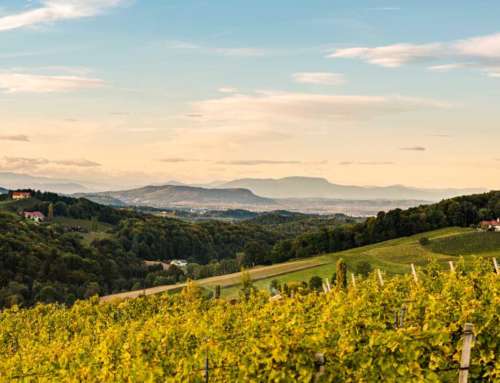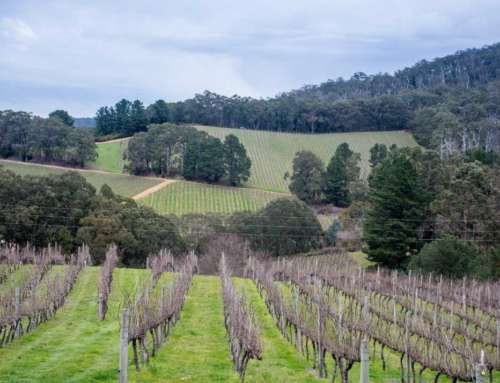Wine tourism in the United States: The leader in wine production wants to boost its wine tourism

At FINE #WineTourismExpo #Marketplace international exhibitors have their weight. Countries such as France, Portugal or France have a lot to offer in the wine tourism sector. One of the countries that has been investing in it for some time is the United States. Wine tourism in the United States has been growing steadily in recent years and has become an important industry for the country: the United States is the fourth largest wine producer in the world and has a wide variety of wine regions, from California to New York.
In a recent statement, US Wine Association Chairman Robert P. Koch, president of the Wine Institute (representing more than 1,000 California wineries) said: “The United States has become a leading global destination for wine lovers, offering a unique experience in each of our wine regions.
History of wine tourism in the United States
The history of wine tourism in the United States dates back to colonial times, when the first European settlers planted vineyards in the New World. However, it was in the 20th century that wine tourism began to develop significantly in the United States. California has become the leading wine tourism state, with Napa and Sonoma as its main wine regions.
What are the wine regions?
The United States has a wide variety of wine regions, each with its own style and type of grapes. Apart from the leading states such as California, Napa and Sonoma, the regions of Oregon and Washington are also important wine regions. New York State is known for its Riesling and Chardonnay grape wines, while Virginia has become an important producer of red wines.
What activities are most in demand and what is the country’s future in this area?
Visitors to vineyards and wineries in the United States can enjoy a variety of activities, such as wine tastings, guided tours of vineyards and wineries, wine tasting workshops and special events at wineries. In addition, some wine regions offer accommodation at wineries, allowing visitors to fully immerse themselves in the wine tourism experience.
Wine tourism continues to grow in the United States and is expected to continue to do so in the future. According to the US Wine Association, wine tourism generates a significant economic impact for the country, with more than $19 billion in revenue and more than 400,000 direct and indirect jobs related to the industry. In addition, more and more wine regions are investing in infrastructure and services to attract visitors, which further increases competition between regions and enhances the overall wine tourism experience in the United States.






